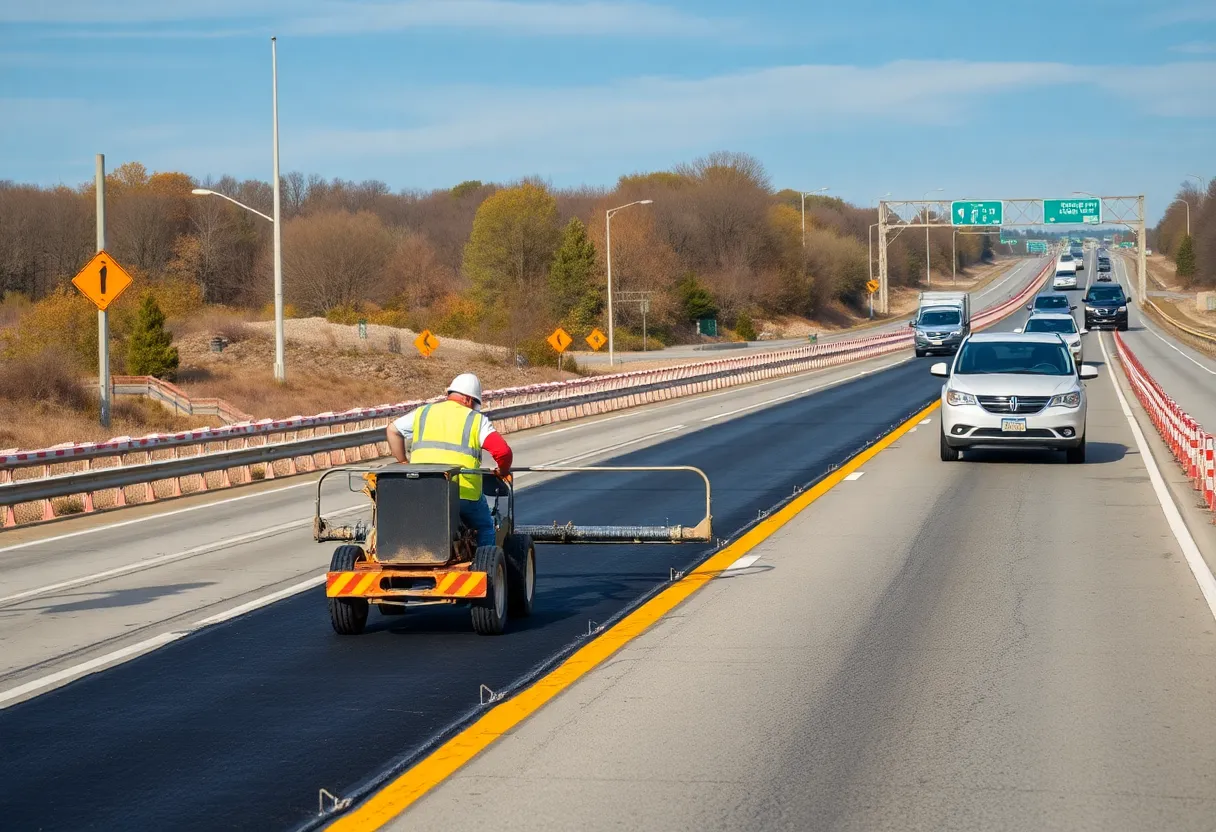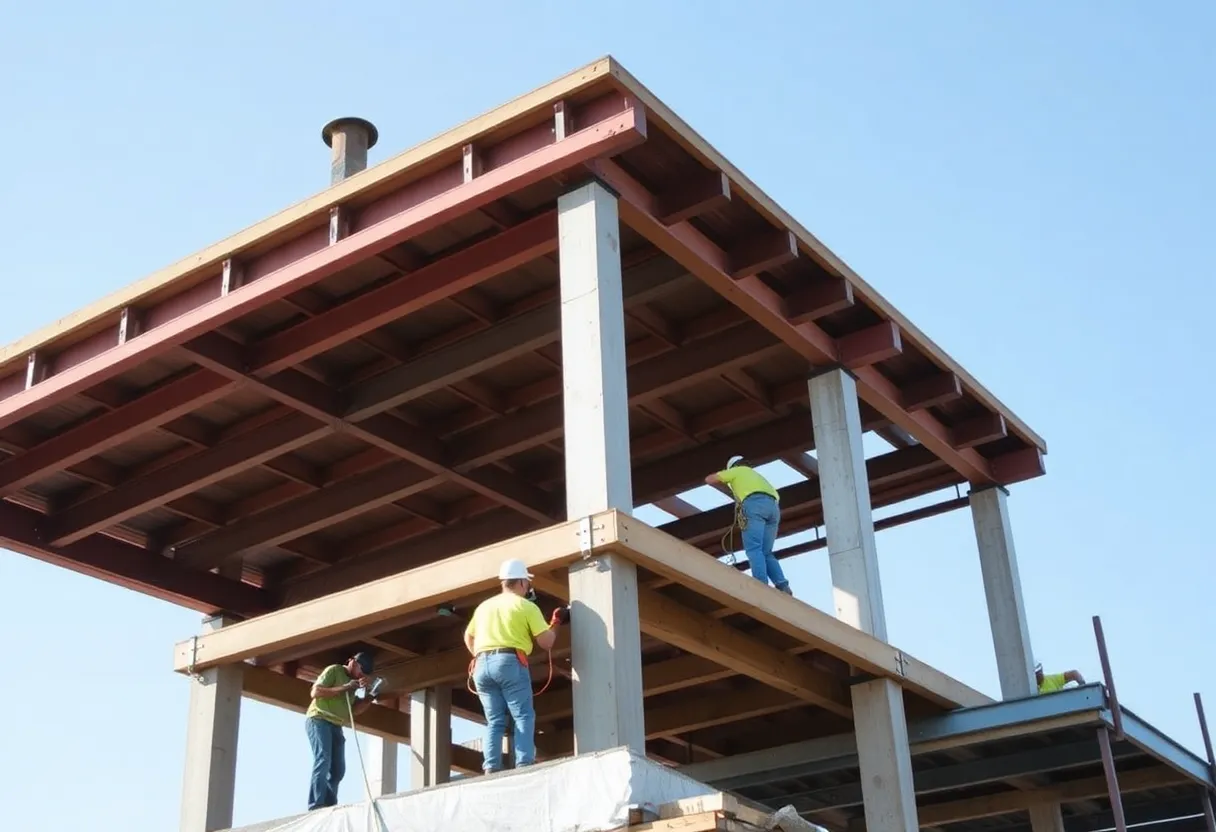Peregrino FPSO, Campos Basin, Brazil, August 27, 2025
News Summary
Regulators ordered a production stop at the Peregrino FPSO after gaps were found in risk management documentation and the deluge firefighting system required changes. The pause triggered a more than 5% drop in the operator’s shares and is expected to last several weeks pending on-site work and a regulator re-inspection. The incident highlights a broader industry shift toward anchored floating platforms, modular construction and digital monitoring — including digital twins and structural health monitoring — to manage multiaxial motions, fatigue, corrosion and seismic risks in deeper, more hostile offshore environments.
Offshore engineering pivots to floating, modular and digital solutions as Peregrino FPSO stopped for safety fixes
Regulators ordered a stop to production at the Peregrino FPSO, triggering a drop in the operator’s shares and highlighting a wider shift in offshore engineering toward floating, modular and digital solutions. The pause was imposed because of gaps in risk management documentation and required changes to the deluge firefighting system. The work is expected to take several weeks and will include a regulator re-inspection before production can resume.
Immediate impact and timeline
The stoppage hit company stock prices, with the operator’s shares falling by more than 5% on the local exchange. Analysts estimate that a multi-week halt could mean material revenue losses for the operator. The field remains commercially important: the Peregrino asset has produced roughly 300 million barrels since operations began and delivered about 97,500 barrels of oil equivalent per day in the recent quarter. The unit is a heavy oil development made up of an FPSO supported by three fixed platforms.
Why this matters for offshore engineering
The incident underscores that offshore work is moving into deeper, more hostile waters, and structural engineering is at a turning point. Fixed platforms are increasingly being replaced by anchored floating solutions such as FPSOs, SPARs, TLPs and semi-submersible units. These floating units are designed to operate where pressures, seismic risk and logistics are more complex than in the past.
Technical challenges of floating platforms
Floating structures must cope with continuous multiaxial movement — heave, roll, pitch and yaw — driven by waves, currents and wind. That motion creates cyclic stresses on the superstructure and mooring systems, accelerates wave fatigue, and can lead to flow-induced vibrations that cause resonance in columns, risers and umbilicals. Materials are also exposed to thermal cycles, saline humidity and corrosive agents that can reduce long-term integrity if not properly accounted for.
How engineers meet the challenge
Modern projects combine modular design, structural resilience and digital tools. Modularization relies on prefabrication onshore of structural, process and accommodation modules under controlled conditions. Prefabricated modules are then moved to site on specialized vessels and lifted into place with high-capacity floating cranes. Quick-coupling systems speed assembly and lower the time workers spend offshore. Flagship projects in Norway’s North Sea and recent builds in the Gulf of Mexico show modularization can cut offshore timelines by up to 30%, reduce costs and improve safety. Modular layouts also enable corrective maintenance by replacing or modifying individual modules without shutting down entire facilities.
Seismic and geotechnical demands
In tectonically active regions — parts of South America’s Pacific coast, Asia-Pacific and the Mediterranean — detailed seabed geotechnical analysis is essential. Engineers assess risks like sediment liquefaction and underwater slope failure that could undermine anchors, and design soil-structure interaction models for mooring lines or piles. The choice of anchoring type, depth and seismic energy absorption must be part of the strategy to avoid catastrophic failures.
Standards, tools and resilient design
International design criteria require modeling of combined loads, such as earthquake-plus-extreme-wave scenarios, and validation through advanced simulations. Practitioners use Finite Element Method (FEM), Computational Fluid Dynamics (CFD) and spectral analysis to create platforms that absorb deformation and maintain ductility and redundancy under stress. Codes and recommended practices guide seismic resilience and design verification.
Digital technologies and continuous monitoring
Digital transformation brings digital twins, IoT sensors, BIM platforms and structural health monitoring (SHM) into everyday use. SHM combines sensors, predictive analytics and early-warning systems to detect deformations, wall-thickness loss and early cracks. Digital twins integrate real-time sensor data to mirror behavior of a platform, track vibration, deformation, corrosion and load, validate designs under extreme conditions and enable predictive decisions. These tools support scenario planning for storms and earthquakes and extend operational life while enhancing safety in remote environments.
Outlook
Floating platforms are set to dominate future offshore exploration but bring technical hurdles that demand innovative, resilient engineering. The integration of modular build methods, advanced seismic design, rigorous geotechnical studies and real-time digital systems is emerging as the standard approach. Sustainability, structural efficiency and operational safety are becoming core strategic pillars as the sector moves into deeper and more volatile environments.
This article was developed by specialist Antonio Zavarce and published in the fifth edition of Inspenet Brief, August 2025. Publisher contact: INSPENET LLC, 433 N Loop W, FWY Houston, TX 77018. Contact email shown: hola @ inspenet.com.
Other notes in this issue
- Robotic testing achieved a RoboBall speed of 32 km/h, twice the expected result; the robot can operate on water and land without losing stability.
- There are moves to retrofit diesel locomotives with hydrogen-compatible powertrains.
- One vessel owner announced contract awards that reinforce operations in Brazil.
- Materials updates: industrial greases now include color-coded protection formulas; Corten steel forms a passive layer for atmospheric corrosion resistance; concrete research advances FRP-reinforced and prestressed elements for durability.
- From September 24–26, Panama will host the 21st SLOM Conference on maritime terminals.
FAQ
Q: Why was production stopped at the Peregrino FPSO?
A: The stop was ordered because of identified gaps in risk management documentation and required adjustments to the deluge firefighting system. Work and a regulator re-inspection are required before restart.
Q: How long will repairs and checks take?
A: The operator estimated the on-site work will take about three to six weeks, but the final restart depends on regulator re-inspection and approval.
Q: What is the wider significance for offshore projects?
A: The incident highlights the move to floating platforms in deeper waters and the need for modular construction, advanced seismic design and digital monitoring to manage risks and maintain safety.
Q: What are the main risks for floating platforms?
A: Key risks include multiaxial motion from waves and wind, cyclic fatigue, flow-induced vibrations, material degradation from corrosion and thermal cycles, and seabed instability in tectonically active regions.
Q: How do digital tools help reduce these risks?
A: Digital twins, IoT sensors and structural health monitoring allow real-time tracking of vibration, deformation and corrosion, enable predictive maintenance and support scenario planning for extreme events.
Key features at a glance
| Feature | Description | Impact |
|---|---|---|
| Floating platforms | FPSOs, TLPs, SPARs and semi-submersibles designed for deep-water use. | Enable access to deeper fields, increase technical demands on design and operations. |
| Modular design | Onshore prefabrication, transport and quick-coupling assembly offshore. | Reduces offshore time up to 30%, cuts costs, improves safety and speeds repairs. |
| Structural health monitoring | Sensors, predictive analytics and early warnings for integrity issues. | Extends asset life, optimizes maintenance and reduces unexpected failures. |
| Digital twins | Real-time virtual replicas fed by sensor data for decision support. | Improves predictive maintenance and emergency scenario planning. |
| Seismic and geotechnical analysis | Soil-structure interaction, anchoring choices and combined-load simulations. | Prevents anchoring failures and supports resilient platform design. |
Deeper Dive: News & Info About This Topic
Additional Resources
- Reuters: Brazil’s Petrobras eyes increase production at three FPSOs
- Wikipedia: Floating production storage and offloading (FPSO)
- WorldOil: Brazil regulator orders production pause for Peregrino FPSO
- Google Search: Peregrino FPSO
- Upstream: Chinese yard secures modules fabrication work for Shell’s latest FPSO
- Google Scholar: FPSO modular construction
- Splash247: Brazilian authorities shut down Equinor FPSO over safety issues
- Encyclopedia Britannica: offshore oil platform
- Shell: What does it take to design a vast and complex offshore oil and gas facility?
- Google News: digital twin offshore platform
Author: Construction FL News
The FLORIDA STAFF WRITER represents the experienced team at constructionflnews.com, your go-to source for actionable local news and information in Florida and beyond. Specializing in "news you can use," we cover essential topics like product reviews for personal and business needs, local business directories, politics, real estate trends, neighborhood insights, and state news affecting the area—with deep expertise drawn from years of dedicated reporting and strong community input, including local press releases and business updates. We deliver top reporting on high-value events such as the Florida Build Expo, major infrastructure projects, and advancements in construction technology showcases. Our coverage extends to key organizations like the Associated Builders and Contractors of Florida and the Florida Home Builders Association, plus leading businesses in construction and legal services that power the local economy such as CMiC Global and Shutts & Bowen LLP. As part of the broader network, including constructioncanews.com, constructionnynews.com, and constructiontxnews.com, we provide comprehensive, credible insights into the dynamic construction landscape across multiple states.





